Have you ever done a test and saw that your parameters were off the charts? As in it was the highest on the color chart? Did you ever wonder what the parameter was exactly?
Well there is way to get a much more precise measurement, through the serial dilution method.
This guide will run through how to make serial dilutions, up to 1/8th and how to calculate the concentration from that.
Steps
Step 1: Make up the undiluted specimen.
This is just 5ml of tank water.
Step 2: Make up the first diluted specimen.
Take 5ml of tank water and fill up the next container (in this case, a tube). Then, take half of it out:
Half-half.
Add the other half to a third container.
Here we have four tubes. The first three are all undiluted, though of course besides the first one, the middle two are only 2.5ml each.
Step 3: Dilution!
Add 'fresh' water to the tube to dilute it. It doesn't have to be 'fresh' as in 'zero salinity water'. It just must not contain whatever you are trying to measure. In this case it is phosphates.
And this is now 5ml, half with phosphate-free water (or at least unmeasurable) and half with tank water. Dilution? 50%. Or 1/2. Whatever you prefer.
Do that to both the middle containers.
We now have three tubes with 5ml of water. However, only the first one is not diluted. The second and third only contain half the concentration of phosphates compared to the first.
Step 4: Repeat!
Once again removed 2.5ml from the last tube, and added it to the next. Here, we now have from left to right: 5ml undiluted, 5ml 1/2 diluted, 2.5ml 1/2 diluted, 2.5ml 1/2 diluted.
Filled with phosphate-free water again. They are all 5ml now, though from left to right, it is: undiluted, 1/2 diluted, 1/4 diluted and 1/4 diluted.
Step 5: Last Step!
So Step 4 must be done until you reach the final tube, which depends on how many serial dilutions you want to make. I stopped at 1/8, but one can go on and on.
Anyways, last step is simple. Take out 2.5ml from the last tube and discard it. Then add in 2.5ml of phosphate-free water.
And now, we have from left to right: undiluted, 1/2 diluted, 1/4 diluted and 1/8 diluted.
Step 6: Test your parameter!
Test results.
So from left to right it is 1/8, 1/4, 1/2 and undiluted. Which makes sense as the farther left, the less phosphate is measured.
So how do we interpret this? Simple. Whatever dilution it is, multiply the result with the denominator.
So we have:
Undiluted: 1x 10 = 10ppm
1/2: 2x 5 = 10ppm
1/4: 4x 2 = 8ppm
1/8: 8x 1 = 8ppm
So the results is actually somewhere between 8 to 10ppm.
Now, I am no way advocating that this is an extremely exact method. There are more dilutions you can attempt to make it more exact, such as by going through sequential integers for denominators. Undiluted, 1/2, 1/3, 1/4, 1/5, etc. for example.
But it is a lot better.
Here, it is found that the results isn't quite 10ppm.
Conclusion
This method (which is actually commonly used in laboratories) is something that can be done to not only determine concentrations initially 'off-the-charts', but also to get a more precise measurement.
Hope it helps!

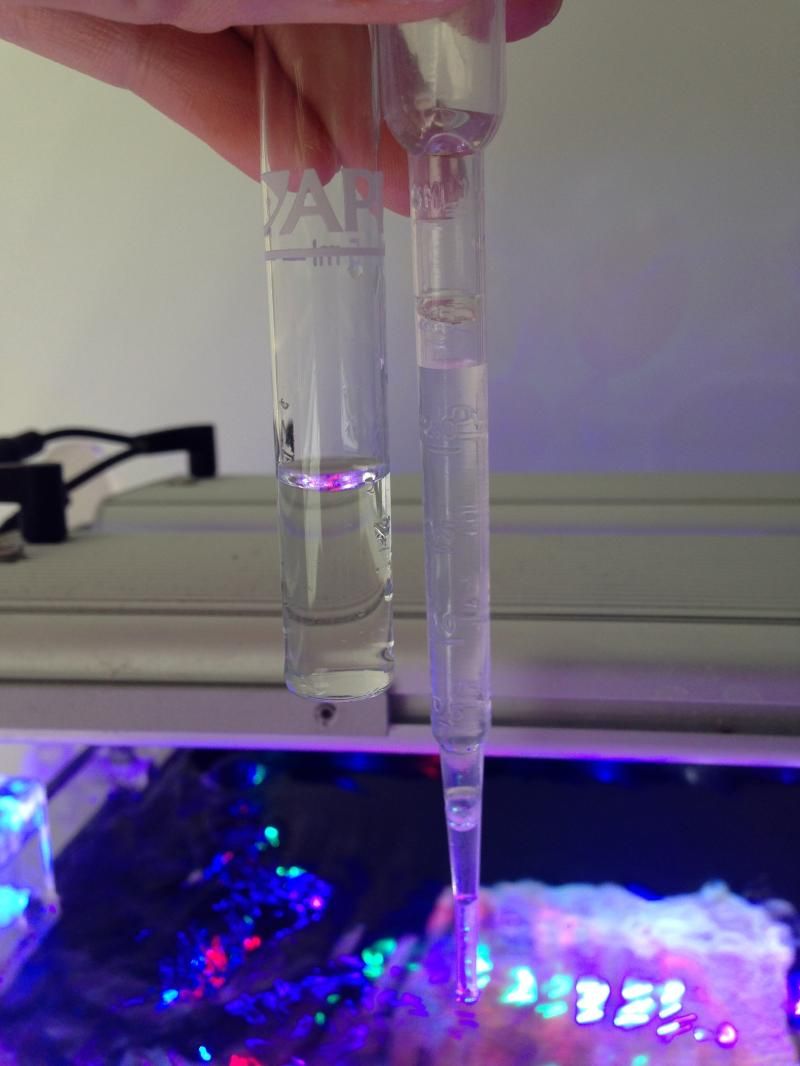
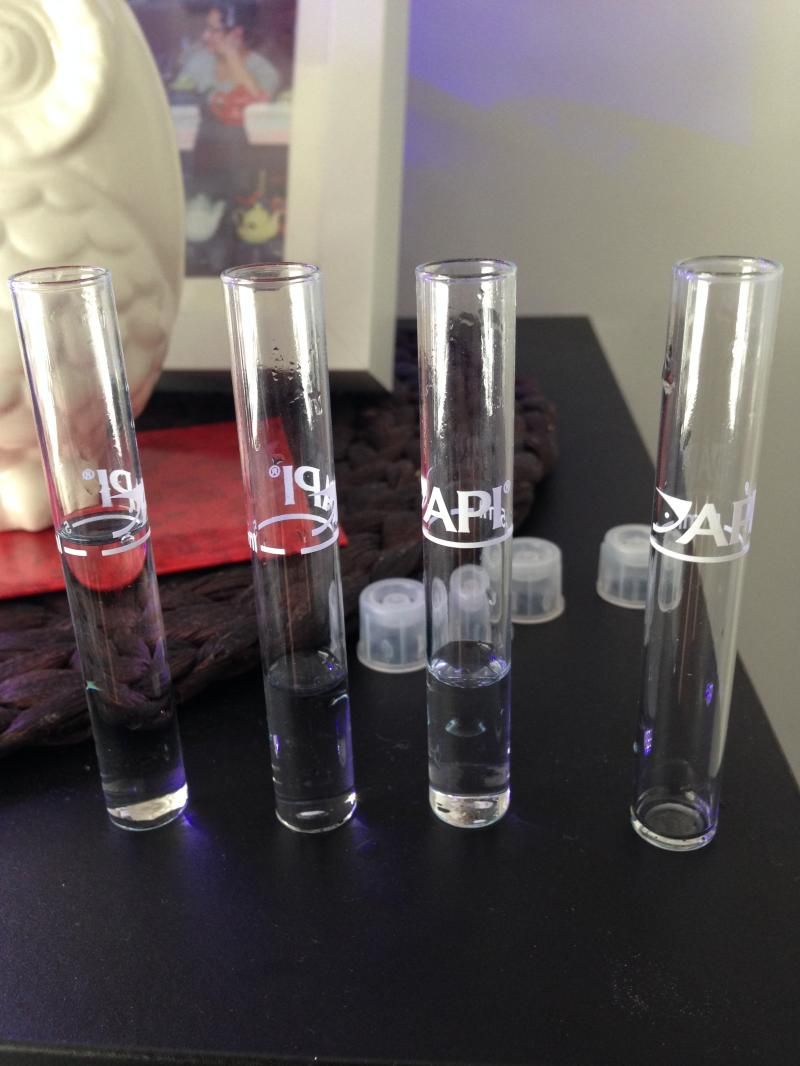
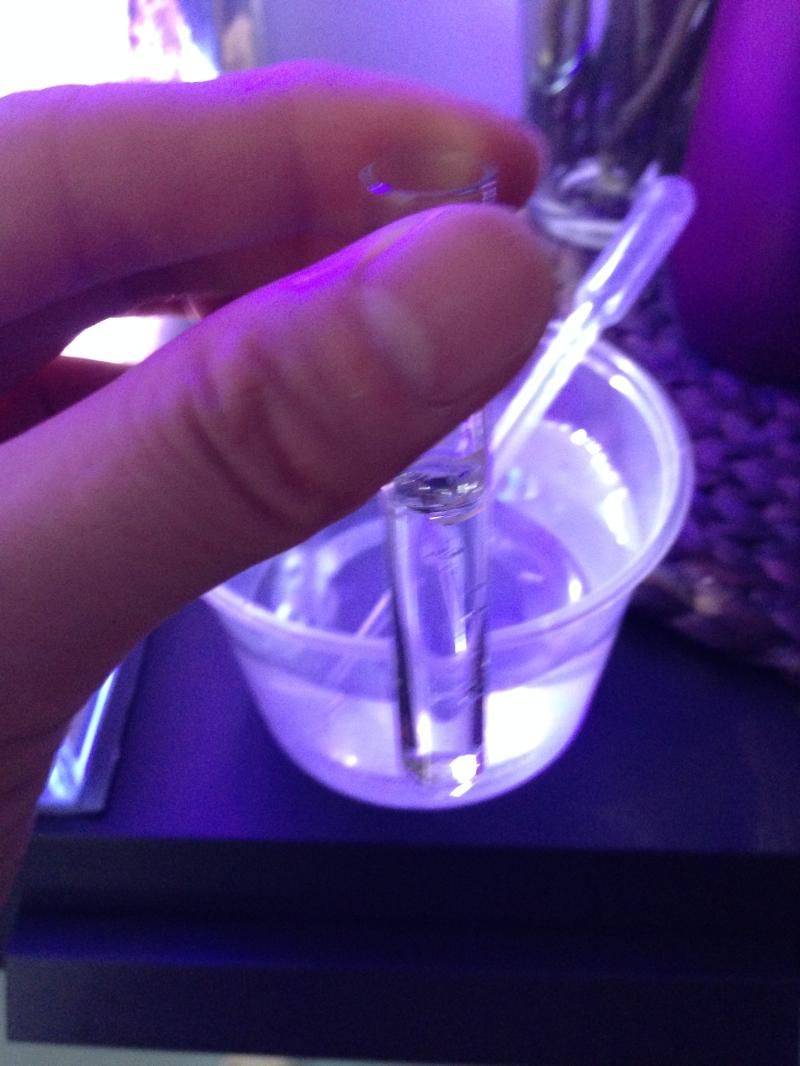
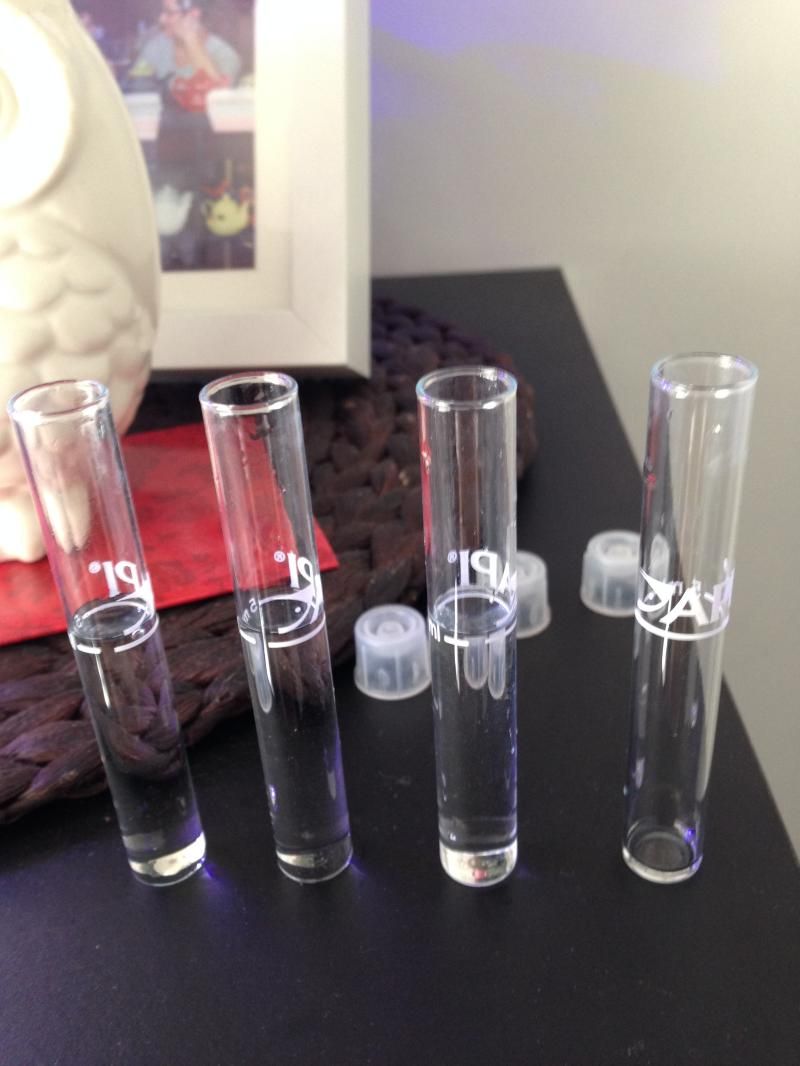
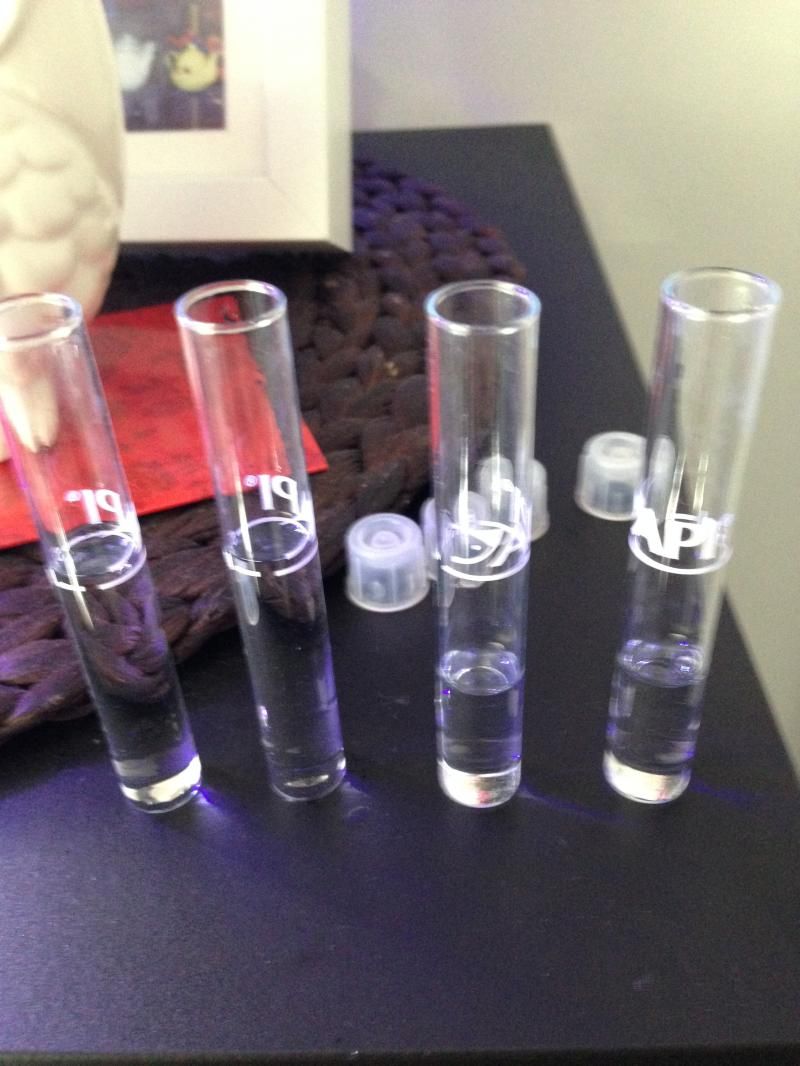
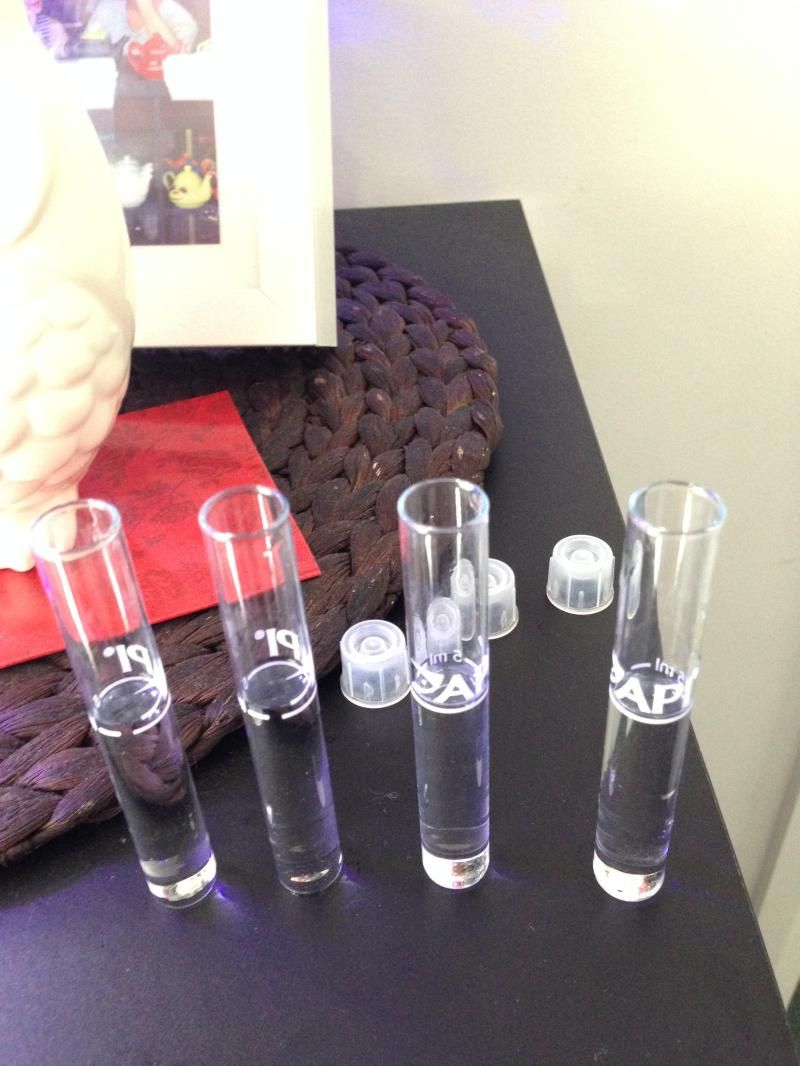
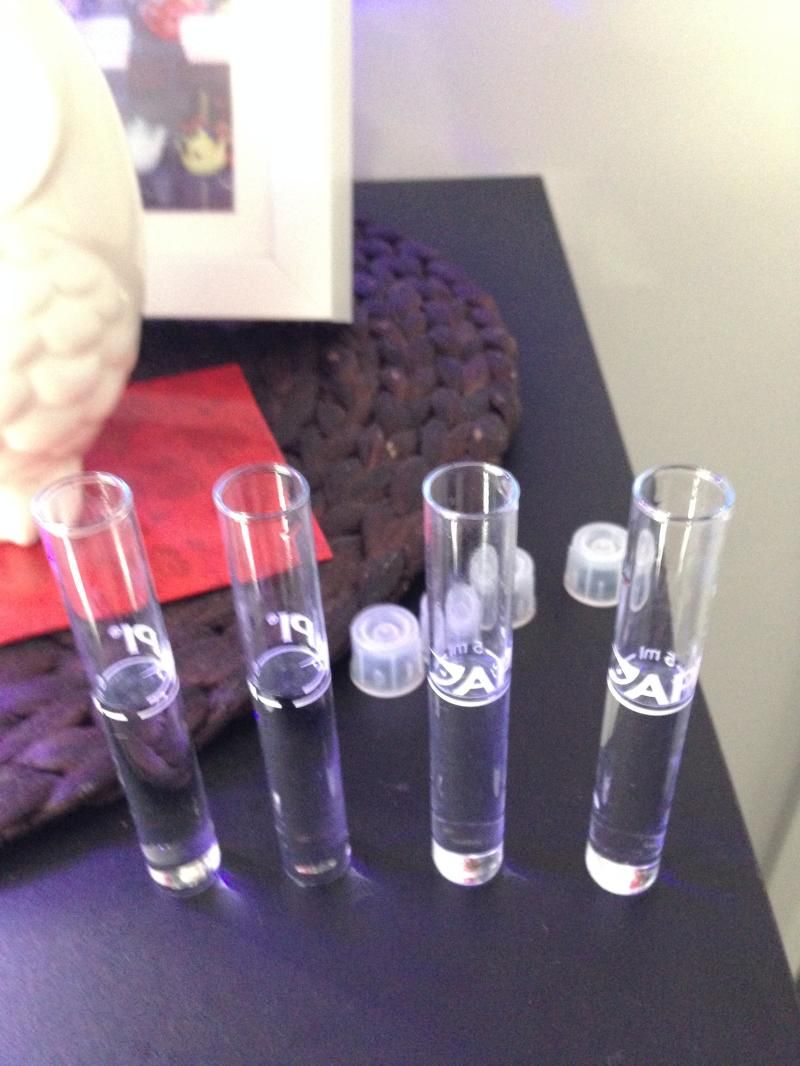

No comments:
Post a Comment